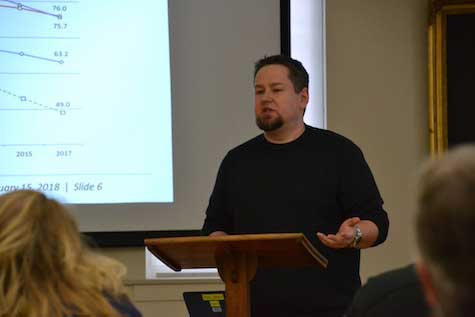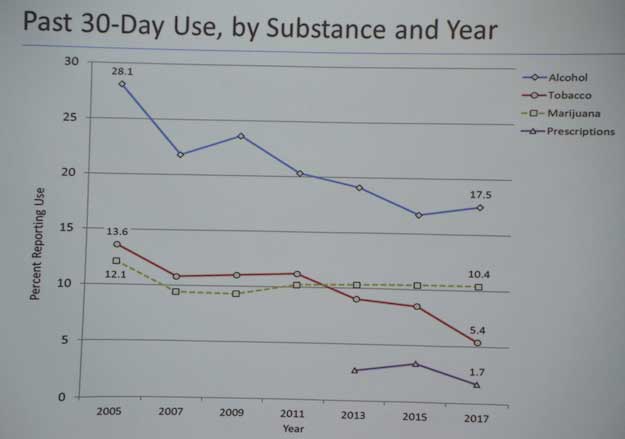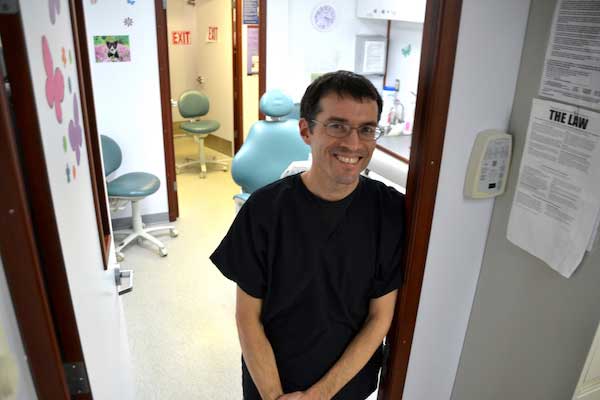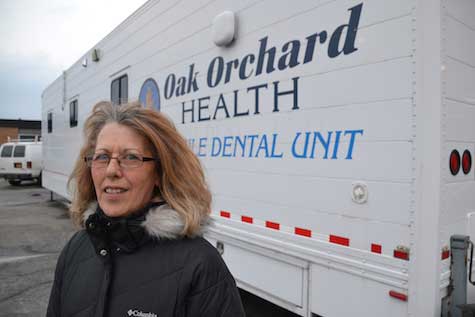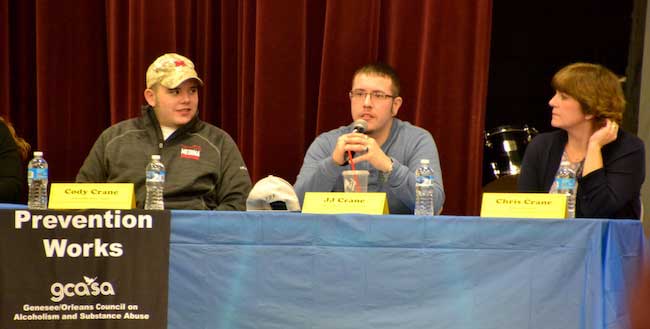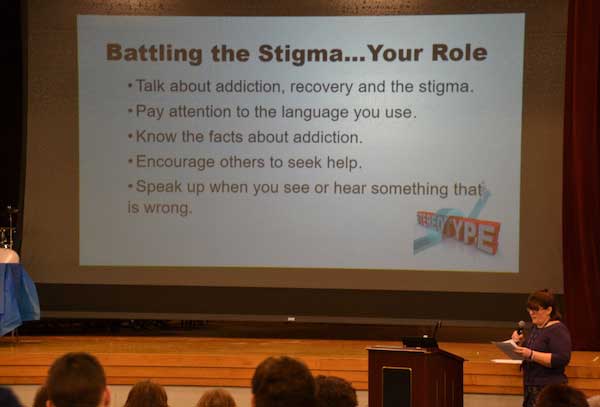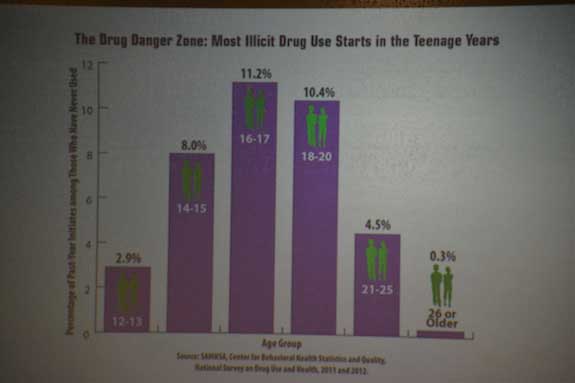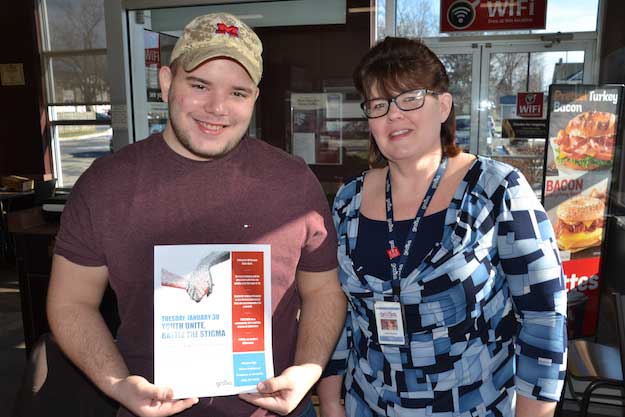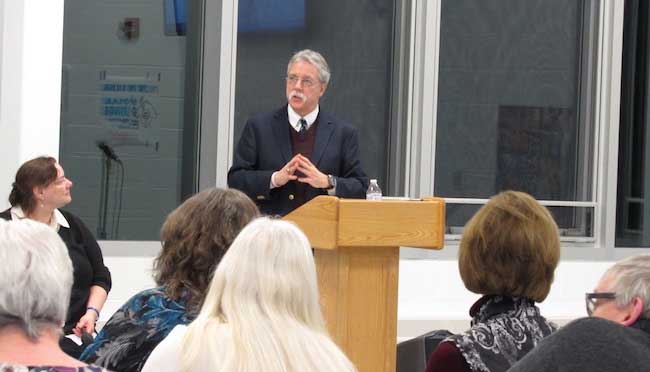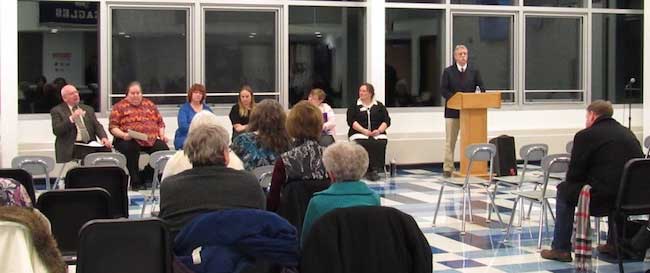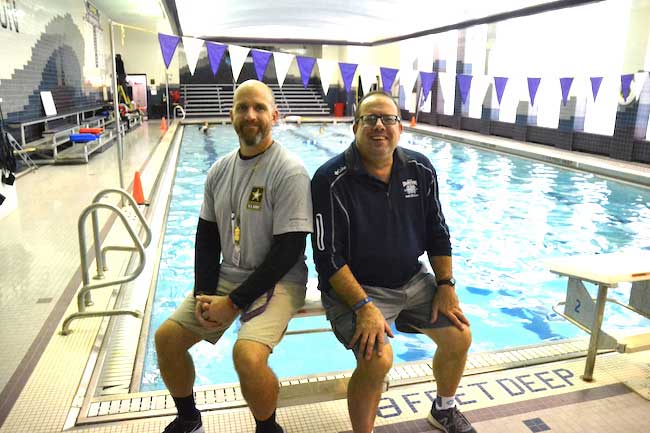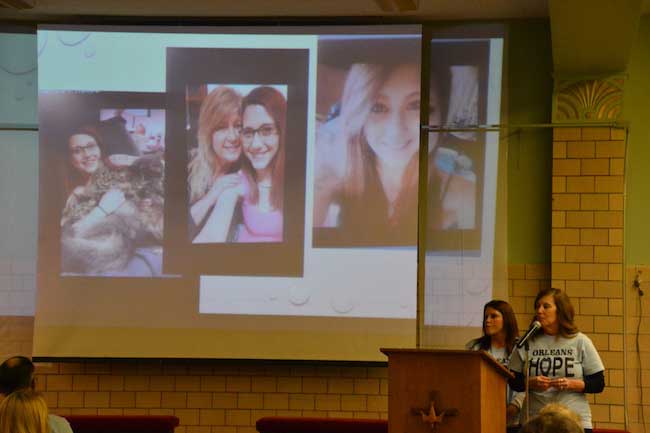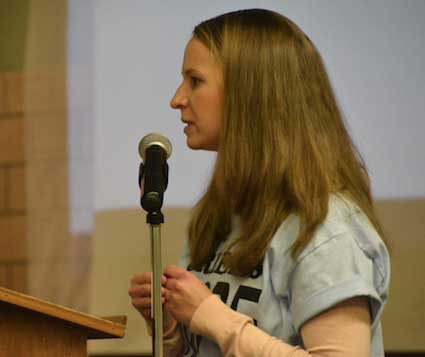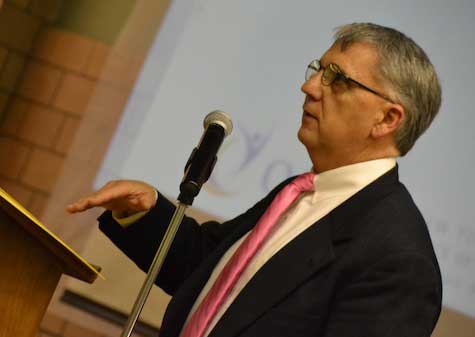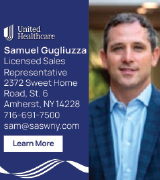New Y director has already expanded programs, partnerships
MEDINA – The new director of the YMCA in Orleans County is focused on bringing more people to the Y on Pearl Street.
Greg Reed has the site open a half hour later each day while adding new programs and partnerships in the community.
The efforts seem to be paying off. The Y added 50 new members in January and now has 450 “member units.” A unit may include a family with multiple people under the membership.
“Our goal is to have more people in here,” said Reed, who started as director on Oct. 2. “I see it as a community center.”
Soon after he started the new job, Reed sent out emails introducing himself to different community members. He sent one email to Dan Doctor, Medina Central School’s director of community outreach. Doctor just happened to be looking for a site for an afterschool program that wouldn’t be on campus.
He was at the Y 10 minutes after getting the email. The district and Y formed a partnership for an after-school program in the Y’s basement. Doctor and volunteers gave the basement a fresh coat of paint and brought in furniture and games. The Y is offering the space rent free.
The new Education Recreation Club celebrated its grand opening on Feb. 2.
Doctor said Reed has been “awesome” to work with. Doctor had been working on the ERC for 18 months. It came together quickly at the end with Reed’s support, Doctor said.
Reed is hopeful many of the kids and their families will become Y members once they see what the organization has to offer.
“We just wanted to have a partnership with the school,” he said. “I just wanted more people in the building. When they’re here, they’ll see what assets we have.”
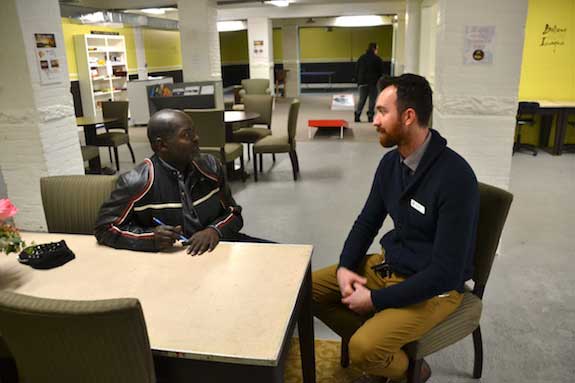
Reed is pictured on Friday with Dan Doctor, Medina Central School’s director of community outreach. The Y is offering use of the basement for a new Education Recreation Club, which meets after school at the Y.
Reed, 33, joined the Y after working five years as a physical education teacher and athletic director at a charter school in Denver, Colorado. Reed moved to Stafford with his wife and three children to be closer to her family. Her father is pastor of the Grace Baptist Church in Batavia.
When he was athletic director at the charter school, Reed made providing opportunities for kids his focus. He is bringing the same philosophy to the Y.
That may mean partnering or complementing what is offered at a school district. Reed stressed he doesn’t see the Y as a competitor for existing programs at the school or in the community.
The Y has two full-time employees and 35 part-timers. Besides the main site at the former Armory on Pearl Street, the Y runs a before- and after-school childcare program at Albion Central School, and an after-school program at Medina Central School.
The Y is running a “Strong Communities Campaign” with a goal of $28,000. That would support memberships and programs for people unable to pay. Reed said the organization doesn’t turn people away if the can’t pay for a program.
The Y offers many youth and adult sports programs, as well as other group exercise classes, including sunrise yoga.
Some other recent changes at the Y include:
• The site is open a half hour later, now 9:30 p.m. Monday through Thursday, 7:30 on Friday, and 1:30 on Saturday. The Y also is staying open on Sundays from 9 a.m. to 1:30 p.m. Reed expects the Sunday hours to continue around Memorial Day. Once it gets warm out, there is less demand to be open on Sundays.
• A batting cage in the attic is now available.
• The facility is brighter after Reed used a lift to change 60 lift bulbs at the ceiling. He also got the big fans working.
• The Y purchased 10 spin bikes at a deep discount and Reed is leading a class with those bikes that starts today.
• The weight room was reorganized with one wall knocked out to open up the space.





























